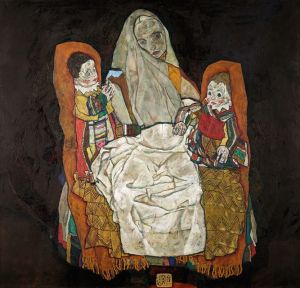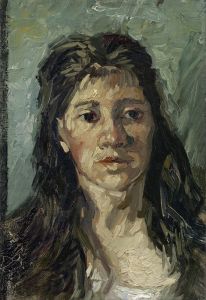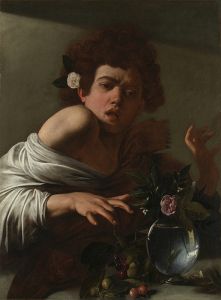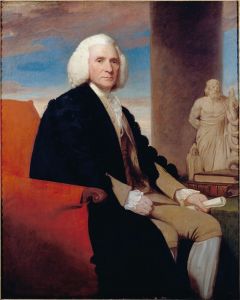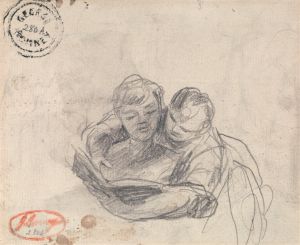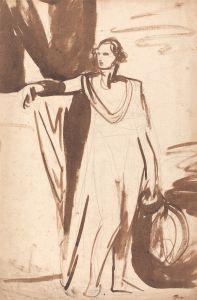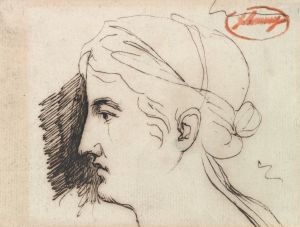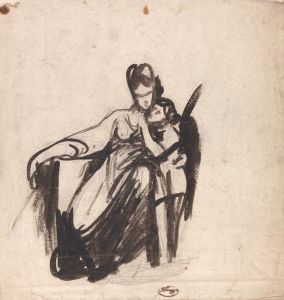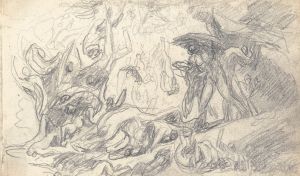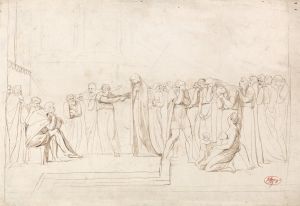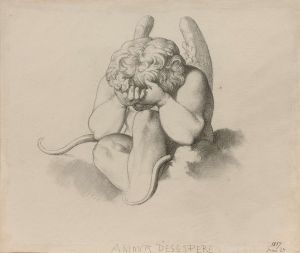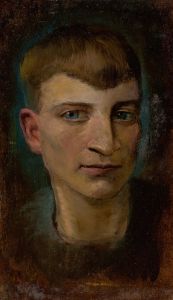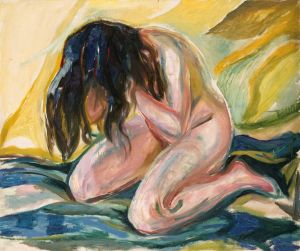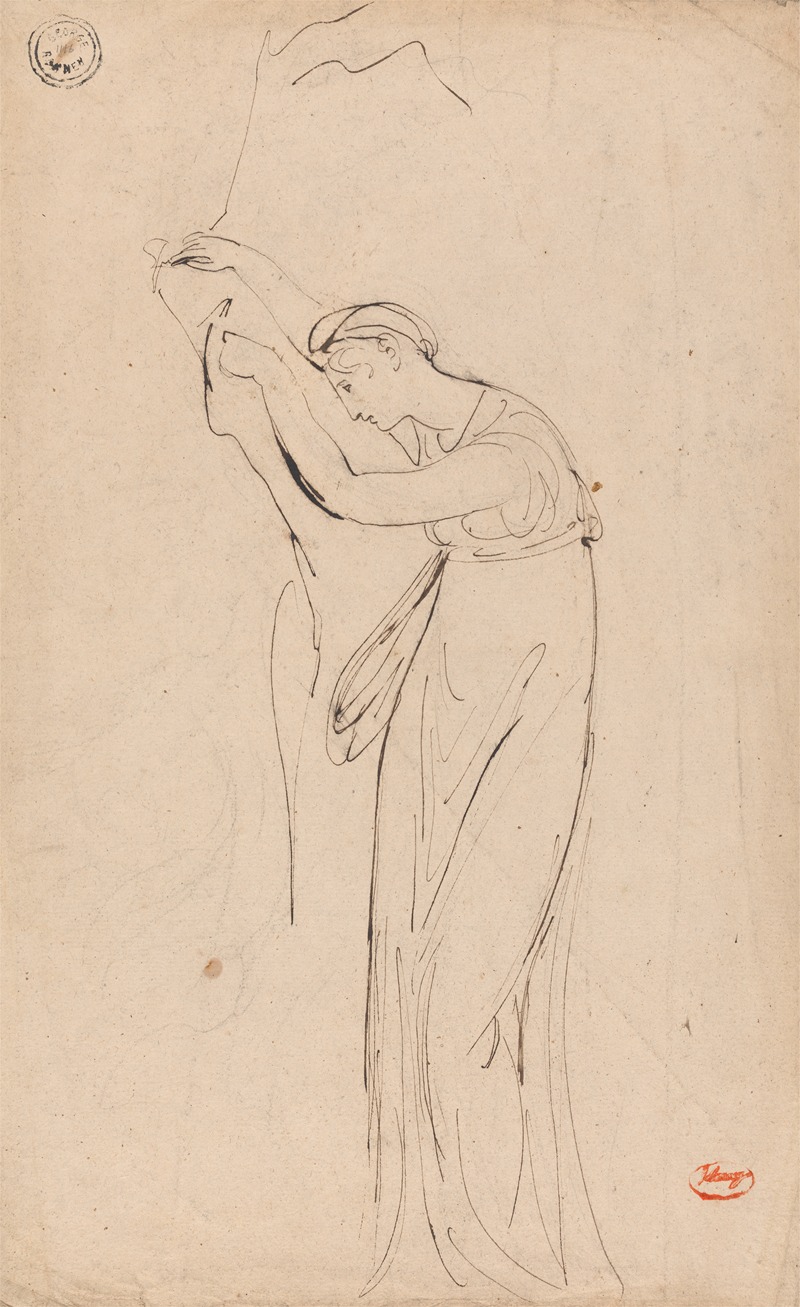
Captive or Dejected Woman: Possibly Andromache
A hand-painted replica of George Romney’s masterpiece Captive or Dejected Woman: Possibly Andromache, meticulously crafted by professional artists to capture the true essence of the original. Each piece is created with museum-quality canvas and rare mineral pigments, carefully painted by experienced artists with delicate brushstrokes and rich, layered colors to perfectly recreate the texture of the original artwork. Unlike machine-printed reproductions, this hand-painted version brings the painting to life, infused with the artist’s emotions and skill in every stroke. Whether for personal collection or home decoration, it instantly elevates the artistic atmosphere of any space.
George Romney's painting "Captive or Dejected Woman: Possibly Andromache" is a notable work by the English portrait artist, who was active during the late 18th century. Romney, born in 1734 in Dalton-in-Furness, Lancashire, was one of the leading portraitists of his time, alongside contemporaries such as Joshua Reynolds and Thomas Gainsborough. He is best known for his portraits of Emma Hamilton, the muse and mistress of Lord Nelson, but his oeuvre also includes historical and literary subjects.
The painting in question, "Captive or Dejected Woman: Possibly Andromache," is an evocative piece that captures the emotional depth and complexity of its subject. The title suggests that the woman depicted might be Andromache, a character from Greek mythology. Andromache was the wife of Hector, the Trojan prince, and her story is one of tragedy and loss, as she becomes a widow after Hector is killed by Achilles during the Trojan War. The possibility that the painting represents Andromache is based on the emotional tone and the depiction of a woman in a state of sorrow or contemplation, which aligns with Andromache's narrative of grief and captivity following the fall of Troy.
Romney's style is characterized by his use of soft, flowing lines and a delicate color palette, which he employs to convey the emotional states of his subjects. In "Captive or Dejected Woman," these elements are evident in the gentle rendering of the woman's features and the subtle play of light and shadow across the canvas. The painting's composition focuses on the woman's expression and posture, which suggest a sense of introspection and melancholy.
The painting is part of a broader trend in 18th-century art where artists explored themes from classical antiquity, often imbuing them with contemporary emotional resonance. This interest in classical subjects was partly fueled by the Enlightenment's fascination with ancient Greece and Rome, as well as the Romantic movement's emphasis on emotion and individual experience.
While specific details about the painting's commission or its early provenance are not well-documented, it is consistent with Romney's known interest in classical themes and his ability to capture the psychological depth of his subjects. The ambiguity in the title, "Possibly Andromache," reflects a common practice in art history where attributions and identifications are sometimes tentative, based on stylistic analysis and historical context rather than definitive evidence.
Today, "Captive or Dejected Woman: Possibly Andromache" is appreciated for its artistic merit and its ability to evoke a powerful emotional response. It stands as a testament to Romney's skill as a portraitist and his engagement with the themes of human emotion and classical mythology. The painting is part of the collection of a major art institution, where it continues to be studied and admired by art historians and the public alike.
In summary, George Romney's "Captive or Dejected Woman: Possibly Andromache" is a significant work that exemplifies the artist's mastery of portraiture and his interest in classical themes. Through its expressive portrayal of a woman's emotional state, the painting invites viewers to reflect on the timeless themes of loss, resilience, and the human condition.





